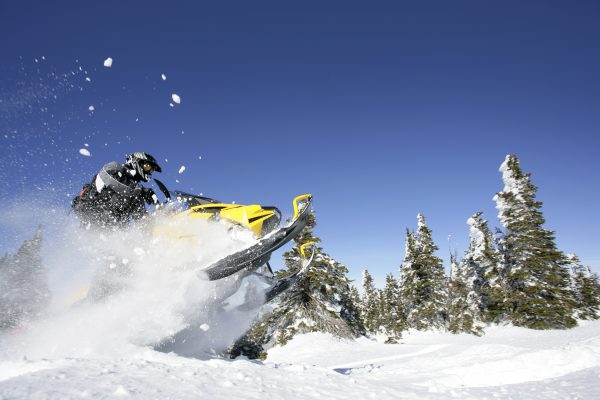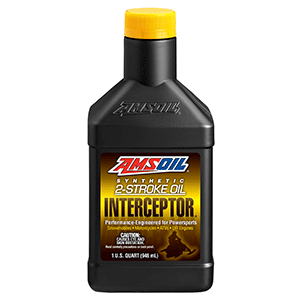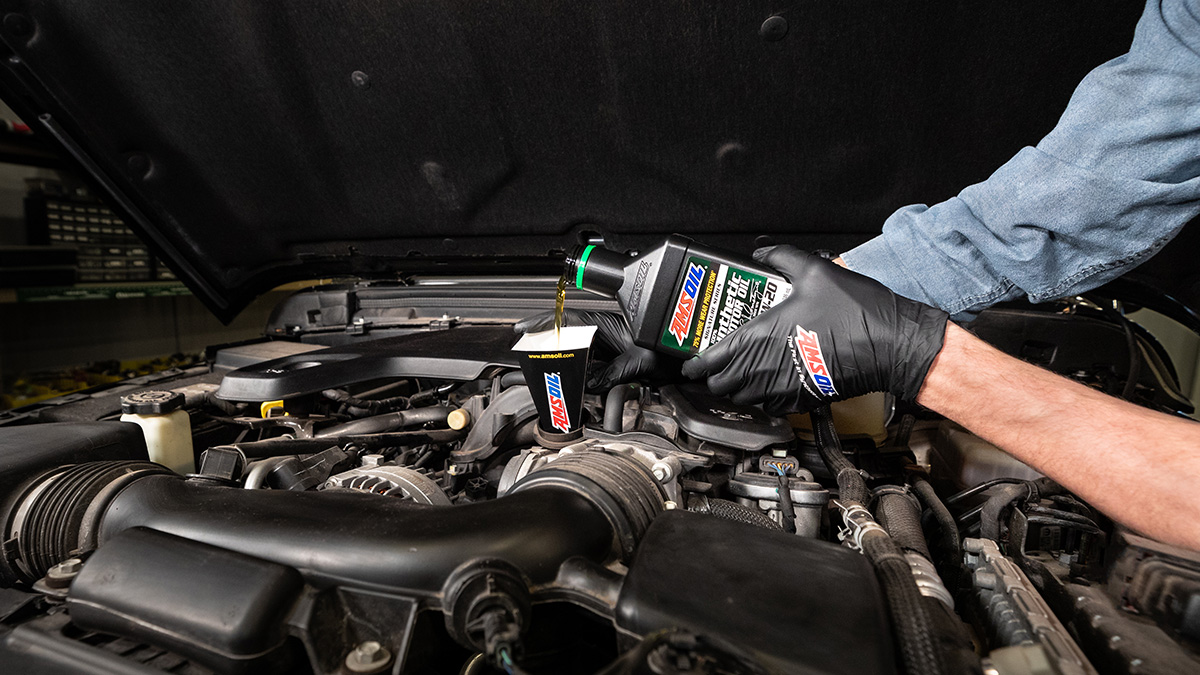Snowmobile maintenance is a huge part of getting your sled ready for winter.
Nothing ruins a ride more than a breakdown, so we put together some tips to help you get your snowmobile ready for winter.
Check the spark plugs
Inspect spark-plug and wire condition.
Ski-Doo E-TEC engines require indexing if removed or replaced, so be sure to check your owner’s manual for proper instructions.
Replace plugs that appear excessively dirty or worn along with any worn or frayed wires.
Inspect clutches and suspension
Check clutches, the drive belt and suspension for wear and tear.
Greasing and inspecting the suspension components and slides (hyfax) are a great idea. Slides typically have a small line across them indicating when they are worn out. If they are below the line at all, replace them.
Items to check in the suspension include loose or worn parts and missing or loose idler wheels.
Inspecting and cleaning the clutches and belt are also a necessary snowmobile maintenance item. Remove any belt dust or rubber from the clutch sheaves.
Rubber accumulation on the clutch sheaves means the belt is slipping.
Adjust track and check skis
Check your track for proper tension and make sure bolts are tight. Look for worn or missing lugs.
On the skis, look for any gouges, cuts or corrosion and make sure the runners are straight and still have carbide on them. The carbide edge allows the skis to bite into the trail and turn better.
Let there be light
Make sure your electrical system is up to par.
Inspect the ignition and look for any warning lights that can signal problems. Check high/low-beam headlights and brake lights to ensure the bulbs haven’t burnt out.
Check the oil and filter
If you’re riding a four-stroke and didn’t do it last spring, change the oil and filter.
On two-strokes, make sure to top-off the oil reservoir and use an oil with excellent cold-flow properties for best protection. Inspect the exhaust power valves and clean them if needed.
If your power valves are sticking, switch to a high-quality two-stroke oil proven to prevent power-valve sticking, like AMSOIL INTERCEPTOR Synthetic 2-Stroke Oil.
If you’re not sure which AMSOIL synthetic snowmobile oil is right for you, check out our handy Snowmobile Product Guide.
While you’re at it, check for leaks around reservoirs or seals. Don’t forget to check the coolant level, too, when performing snowmobile maintenance.
Inspect the fuel system
Check the fuel tank along with the fuel and oil lines for cracks or leaks.
Unless you used a stabilizer such as AMSOIL Gasoline Stabilizer, empty the fuel tank and replace with fresh fuel.
Clean your carburetor and make sure it’s adjusted properly to prevent performance issues or breakdowns. AMSOIL Power Foam is excellent for cleaning carbs.
Change the chaincase oil
It’s best to change chaincase oil annually, preferably in spring after riding season is over.
Chains and gears create metal particles that need to be removed from the fluid regularly lest they build-up and cause bigger problems down the trail.
We have just the oil for this important step: AMSOIL Synthetic Chaincase & Gear Oil.
Get there and be prepared
If using a trailer, ensure everything is good to go.
Before you load up, inspect the tires, bearings, hitch, safety chains, axle, springs, bed, cover, lights and electrical components.
Prepare for emergencies
Anything can happen, so be prepared.
When getting your snowmobile ready for winter, it’s always a good idea to bring fire-starting materials, like a lighter, along with dry clothes, work gloves, water, an extra strap, granola bars, lip balm and any other essentials you deem necessary to have on hand if you end up stranded.
Make sure you have a spare belt, spare spark plugs and your manufacturer-supplied tool kit.
Trail-side repairs are never fun, but being prepared can help keep you on the trail when the unexpected occurs.
Updated. Originally published: Nov. 18, 2016.






Comments
Share: